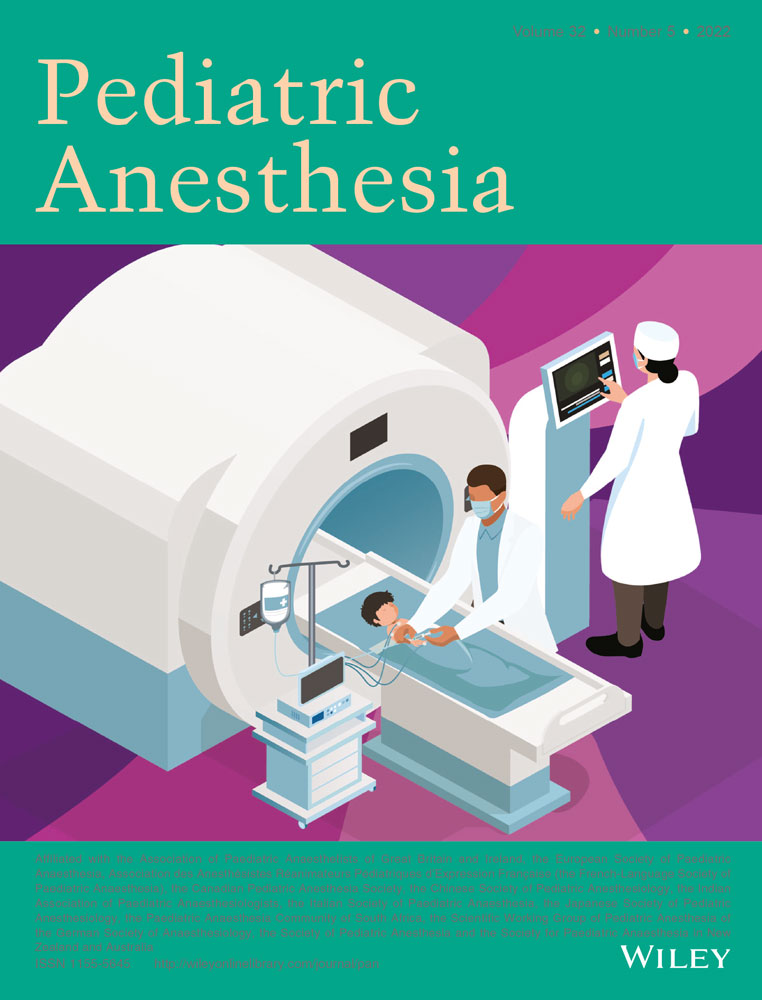Morbidity and mortality following noncardiac surgical procedures among children with autosomal trisomy
Section Editor: Francis Veyckemans
Prior Presentations: This work was presented at the 2021 Society of Pediatric Anesthesia conference.
Funding informationFunding was provided from institutional and departmental sources only.
Abstract
Background
Trisomy 13 (T13), trisomy 18 (T18), and trisomy 21 (T21) are the most common autosomal trisomies. One unifying feature of all trisomies is their association with major congenital malformations, which often require life-prolonging surgical procedures. Few studies, mostly among cardiac surgery patients, have examined the outcome of those who undergo surgical procedures. We examined the differences in postsurgical outcomes between the trisomy groups.
Method
Using the National Surgical Quality Improvement Program dataset, we identified children (<18 years of age) with T13, T18, or T21 who underwent noncardiac surgery (2012–2018). We estimated the incidence of mortality and indicator of resource utilization (unplanned reoperation, unplanned tracheal reintubation, and extended length of hospital stay).
Results
Of the 349 158 inpatient surgical cases during the study period, we identified 4202 children with one of the autosomal trisomies of interest (T13: 152; T18: 335; and T21: 3715). The rates of postoperative mortality were substantially higher for T18 and T13 than T21 and nontrisomy children (T18 vs. T21: 11.1% vs. 1.6%, adjusted odds ratio: 5.01, 95%CI: 2.89,8.70, p < .01), (T13 vs. T21: 8.1% vs. 1.6%, adjusted odds ratio: 2.86, 95%CI: 1.25,6.54, p = .01). Children with T18 had the highest rates of extended length of stay (62.7%) and prolonged mechanical ventilation (32.5%). T18 and T13 neonates had the highest surgical mortality burden (T13: 26.5%, T18: 31.8%, and T21: 2.8%).
Conclusion
Approximately, one-third of T18 and T13 neonates, who had surgery, died, underscoring the lethality of these trisomies and the need for a comprehensive preoperative ethical discussion with families of these children.
CONFLICT OF INTEREST
The authors declare no competing interests.
Open Research
DATA AVAILABILITY STATEMENT
The data presented in this study are available upon request from the corresponding author. The data are not publicly available due to legal restrictions.




